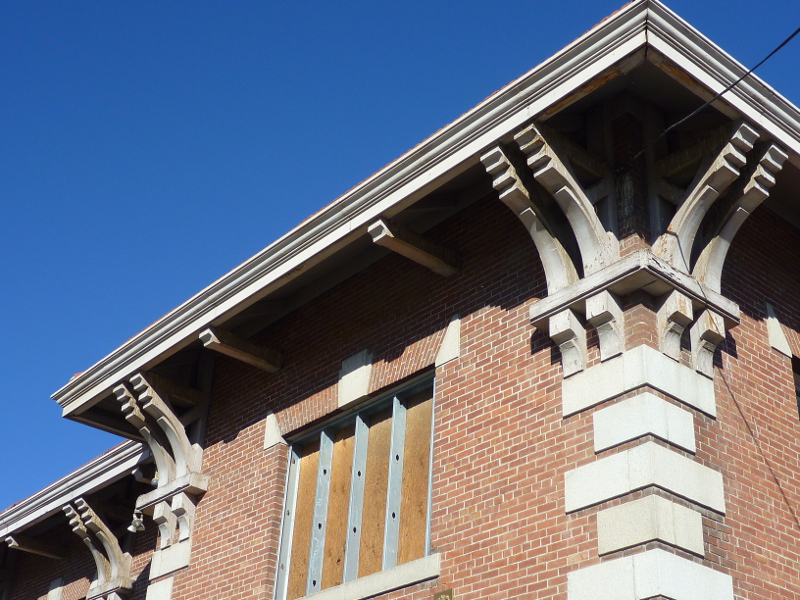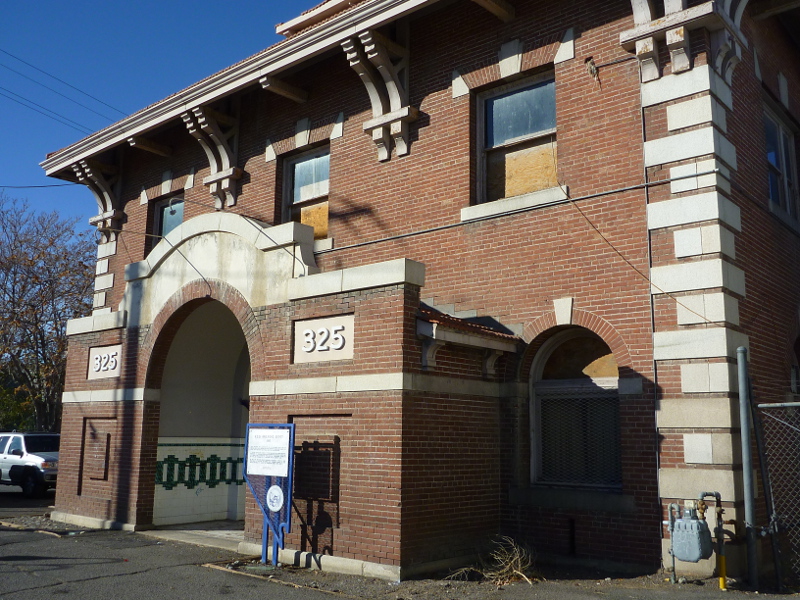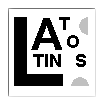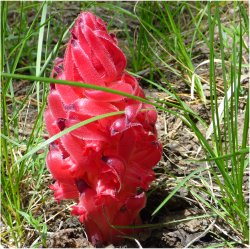|
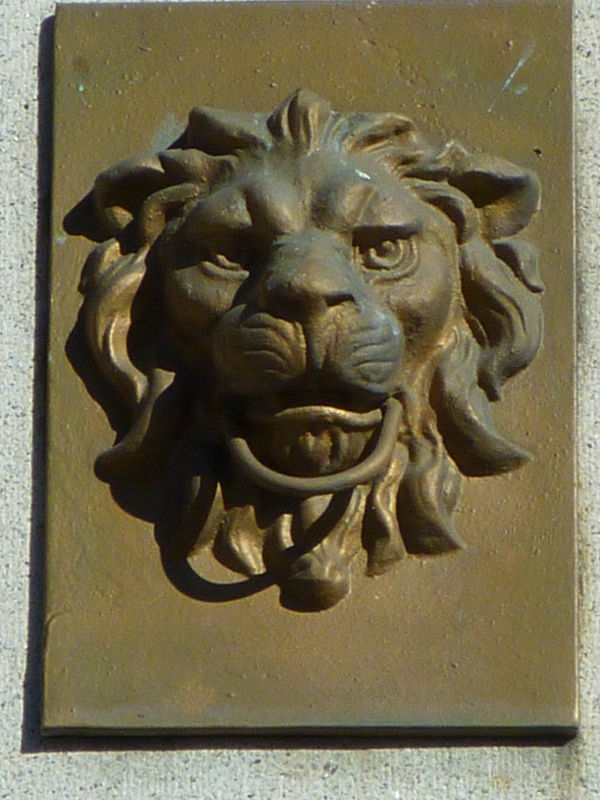

|
||
| Old N.C.O. Railroad Depot and one of its many cast lion heads integrated into the upper section of the west-facing wall (Nov. 2013) | |||
The former depot of the
Nevada-California-Oregon
(N.C.O.)
Railroad at 325 East Fourth Street in Reno
is currently locked and in need for some major upgrading. Only
the cast lion faces along the side wall are still in good
shape—defending this long-abandoned building with their
fierce look. If plans are coming true, the
old brickstone structure
from 1910 will be restored to open as a
brewery and
distillery
in summer 2014
[RGJ, Nov. 5, 2013].
The new owners want to retain the
brick exterior of the depot, which
was originally designed by architect
Frederic DeLongchamps—well
known to Renoites. The building was housing a liquor
distributorship for some time. The Golden Age of the depot
lasted only as long as Reno was linked with other thriving places of
the growing American West via a network of railroad lines.
The N.C.O. map on the
Wikipedia page
illustrates Reno's northbound connectivity including Alturas in
California and Klamath Falls, Eugene and The Dallas in Oregon.
The State Historical Marker No. 210
in front of the building summarizes the
railroad history:
This building was constructed as a passenger depot for the Nevada-California-Oregon Railroad. A narrow-guage line connecting Reno with northern California and southern Oregon.
It began operations in 1882 as the Nevada and California Railroad. Reno was its headquarters with a roundhouse, repair shops, and a storage yard situated at this location. Northward expansion of the line terminated at Lakeview, Oregon, January, 1912.
In 1917, the Western Pacific Railroad purchased the N.C.O. Line from Reno to Herlong, California, and standard gauged it. The Depot continued to serve the traveling public until 1937.
Soon, this revived landmark will open a new chapter in Reno's history, serving food and beer to the local and traveling public and perhaps triggering the creation of a brewers' district.



